
Who wouldn’t want to be a bird of prey survey volunteer?! Our dedicated volunteers do an absolutely sterling job of helping to monitor bird of prey populations, and here we hear a bit more about why citizen science is so valuable, and what it’s like for our volunteers to help with our research.
Birds of prey are iconic species and have significant natural heritage value to people, and providing citizen science opportunities has been shown to be an effective way to engage people in scientific research and raise awareness of nature and conservation. Our bird of prey surveys help people connect to nature by participating in citizen science. This citizen science data is an important aspect of our vital research projects, find out more about these projects here.
Many of our volunteers have expressed the value of helping with our surveys to their well-being, and how getting out into nature to survey is the highlight of their week! Another highlight our volunteers tell us is all the other wildlife they spot while walking. From Redstarts to Slow Worms, the diversity is wonderful, and you can see from the photos some of the wildlife our volunteers experience on their walking transects.
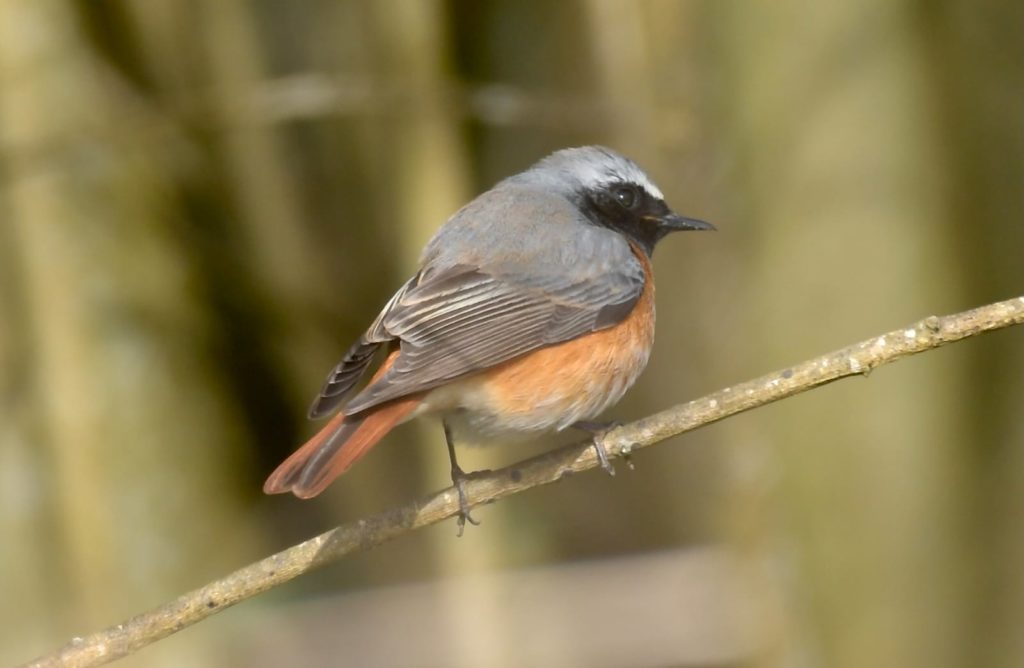
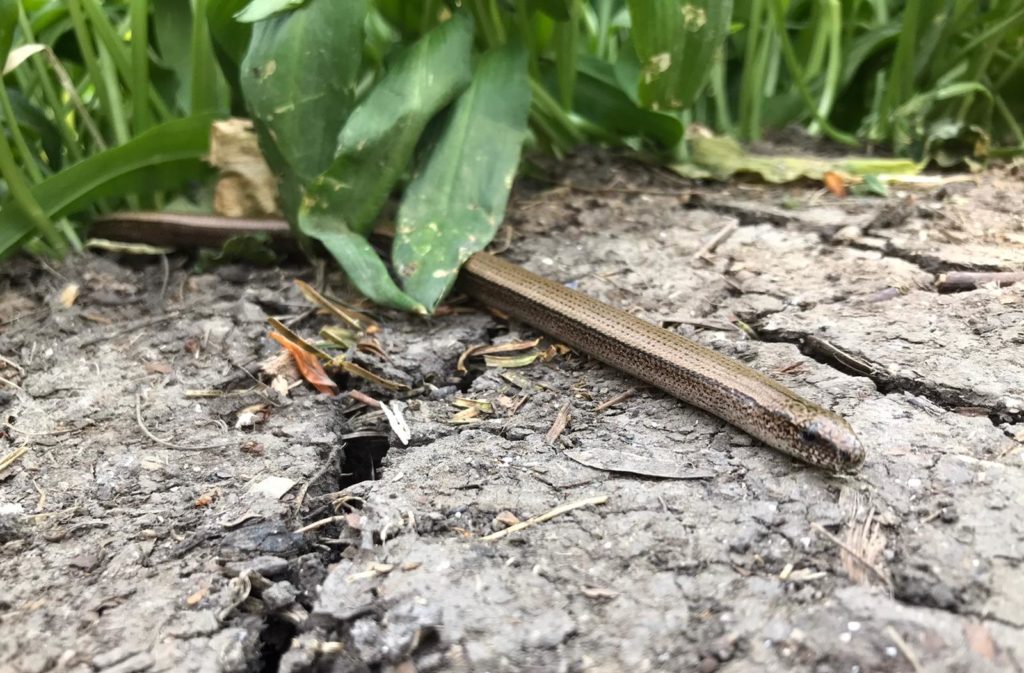
This work spans the eight counties of south east England – Oxfordshire, Buckinghamshire, Berkshire, Hampshire, Surrey, East Sussex, West Sussex and Kent. We walk set transect routes of between 8-12km in spring and autumn to count and record all the birds of prey we see, and we simply wouldn’t have been able to achieve so many surveys without the help of our volunteers. Along with our Conservation Biologist, Matt, and Conservation and Research Liaison, Hannah, we have achieved more than 136 transects this spring, and a cracking 1,292 records of bird of prey sightings so far, many of which will have been more than one bird! This season we have spotted Red Kites, Buzzards, Kestrels, Sparrowhawks, Peregrine Falcons, Goshawks, Honey Buzzards and even a Marsh Harrier!
Sometimes there are frustrations, such as diverted footpaths and dead ends, finding discarded face masks, or the very sad discovery of a deceased Grass Snake on a road. It’s not all rolling countryside, some of our survey routes go through urban areas, and not-so-pretty areas, however even these can be perfect for spotting birds of prey! And even if they evade you until the very end, it’s still worth it:
“20m from the end of the transect and up pops my first Kestrel of the day 15m ahead. Timing is everything!” Henry Moran
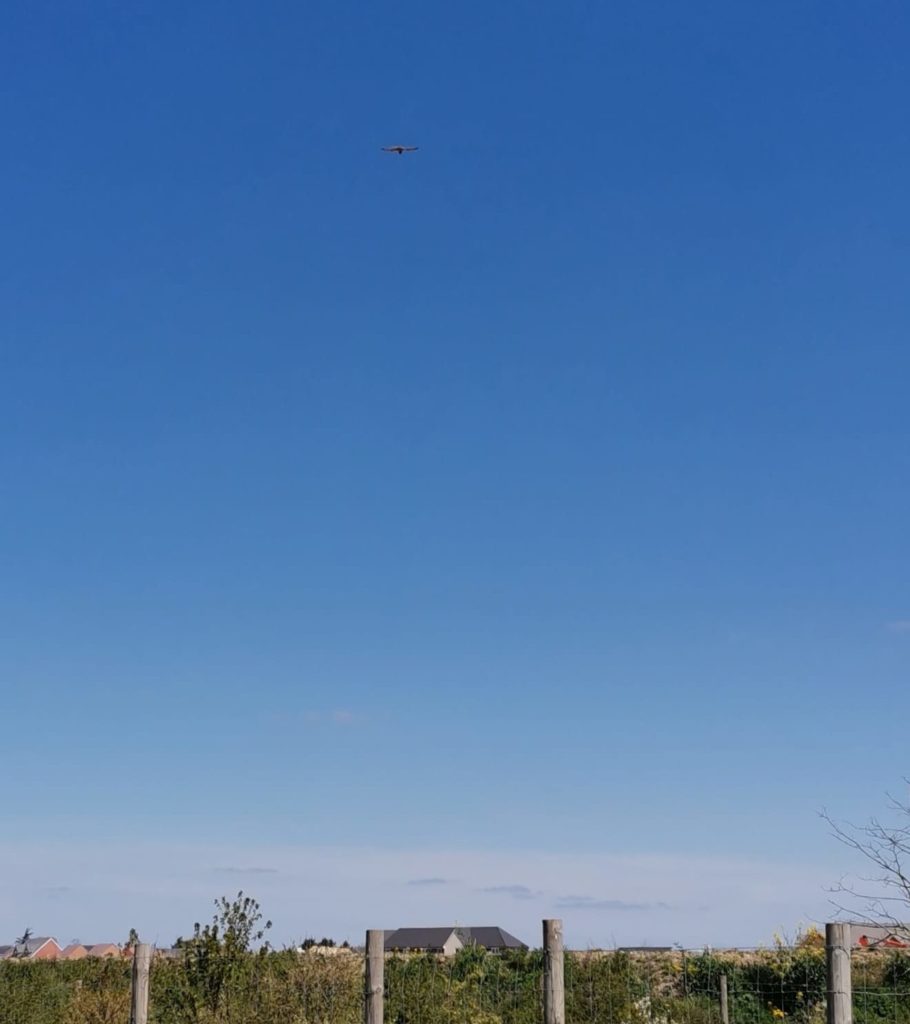
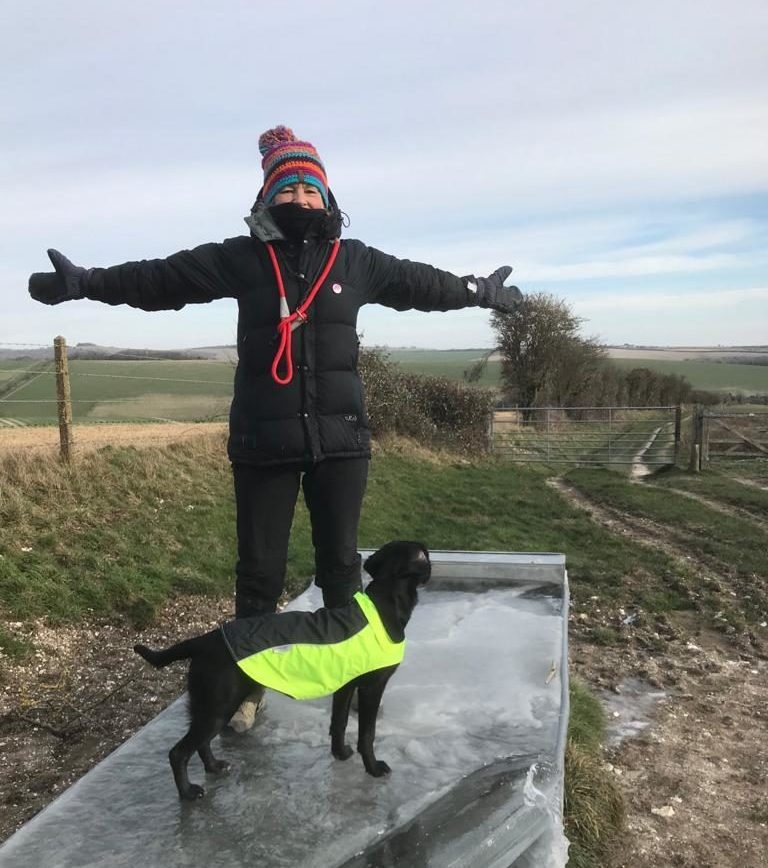
“Lovely transect for me today, right out of my front door Kestrels and a Raven as well as the usual suspects and with the added bonus of hearing my first Cuckoo and seeing my first Swallow – what’s not to like!” Lynsey Woodland
“Today’s transect was very busy with Red Kites and Buzzards, two Kestrels, plus heard but didn’t see Raven, one Muntjac Deer and a hell of a lot of Hares!” Jenny Craddock
“I had a great moment with a Barn Owl that was sleeping on the ground in a meadow. I approached fearing it was injured. I had seen a Red Kite land by it and investigate and so assumed the worst. When I was about three metres away, it swivelled it’s head in that wonderful, almost mechanical way owls do, whilst it’s eyes were still closed. It then opened its eyes looking directly at me, holding eye contact for over 10 seconds before flying off suddenly – I felt very bad for disturbing its nap!” Craig Dibb
“This has been my first season doing the transects. It appealed because for a long time I have wanted to do some volunteering related to my love of birds and wildlife and this has been something with enough flexibility to fit in around general life. I live in south Oxfordshire and the raptors I see more frequently than any other are Red Kites, with most of my transects having numbers of 20+. It’s quite incredible to think that not many years ago I wouldn’t have seen any. I do love a Kestrel as well and they have given me some fantastic views, often passing within metres of me. I’ve also been really pleased to see so many Buzzards. The non-raptor sightings have been just as enjoyable and I’ve seen my first Swallows and Whitethroats of the year whilst out on the transects. They have taken me through beautiful, rolling countryside as well as urban housing and industrial estates and I’ve really enjoyed becoming more conscious of habitat as a result. It’s been a great experience and definitely something I’d recommend to anyone thinking about getting involved.” Henry Moran
“I do a lot of bird watching on my days off and love walking so thought this was perfect to volunteer for. Have enjoyed every transect I have done and helping out with the research. My favourite bird is a Hen Harrier, but not seen one on a transect yet! It is always a joy seeing Red Kites.” Mark Fuge
“I’m a great believer in ‘citizen science’ and that we can either bemoan the state of the world or try to take small steps to do something about it. When I heard the Hawk Conservancy Trust was looking for volunteers to help with its bird of prey surveys, it was a no-brainer for me. I’m a fan of the Trust and all the work it does so doing something practical to help was really appealing. Let’s face it, discovering new countryside routes, finding, watching and recording raptor activity and getting some exercise has hardly been a chore! Even though I’ve never met Matt, Hannah, or any of the other volunteers I feel like I know them pretty well through the WhatsApp group we all share to ask questions, post photos, moan about the occasional boggy or traffic-heavy routes and enjoy some banter. On a personal level it’s helped me to become more observant, fitter, accomplished with a range-finder and compass. I’ve also seen my first Little Owl and the bewildering sight of a Red Kite getting mobbed by Lapwings. Becoming a volunteer is one of the most rewarding things I’ve ever done and I hope to carry on with it for a long time to come.” Nick Cole
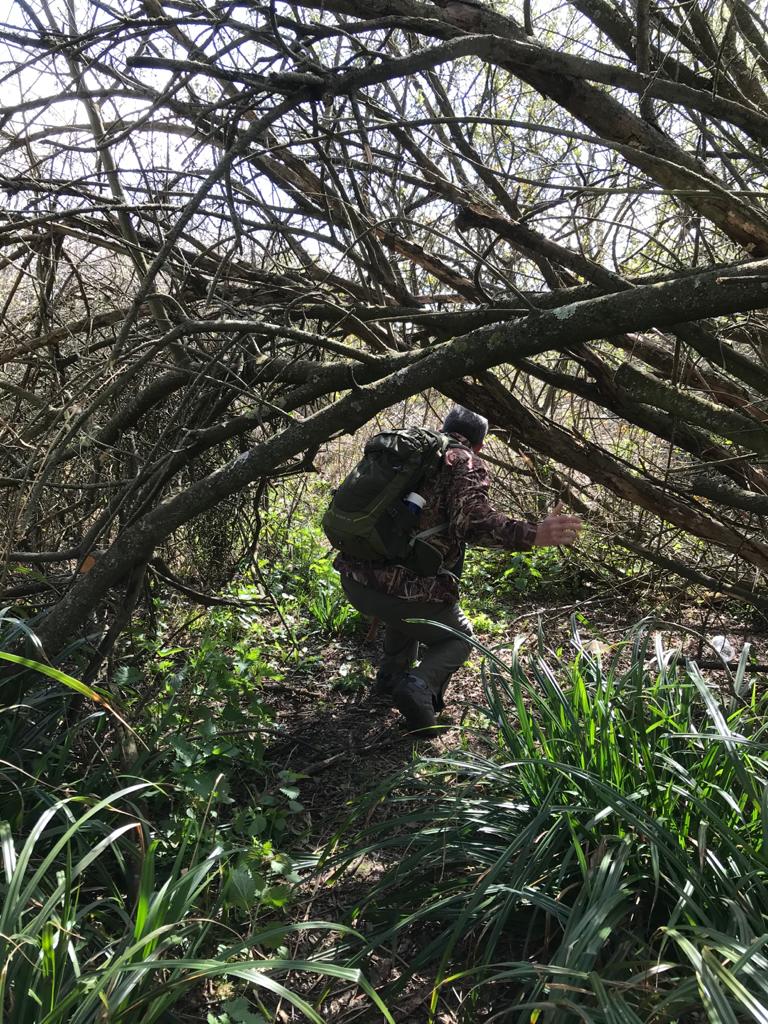
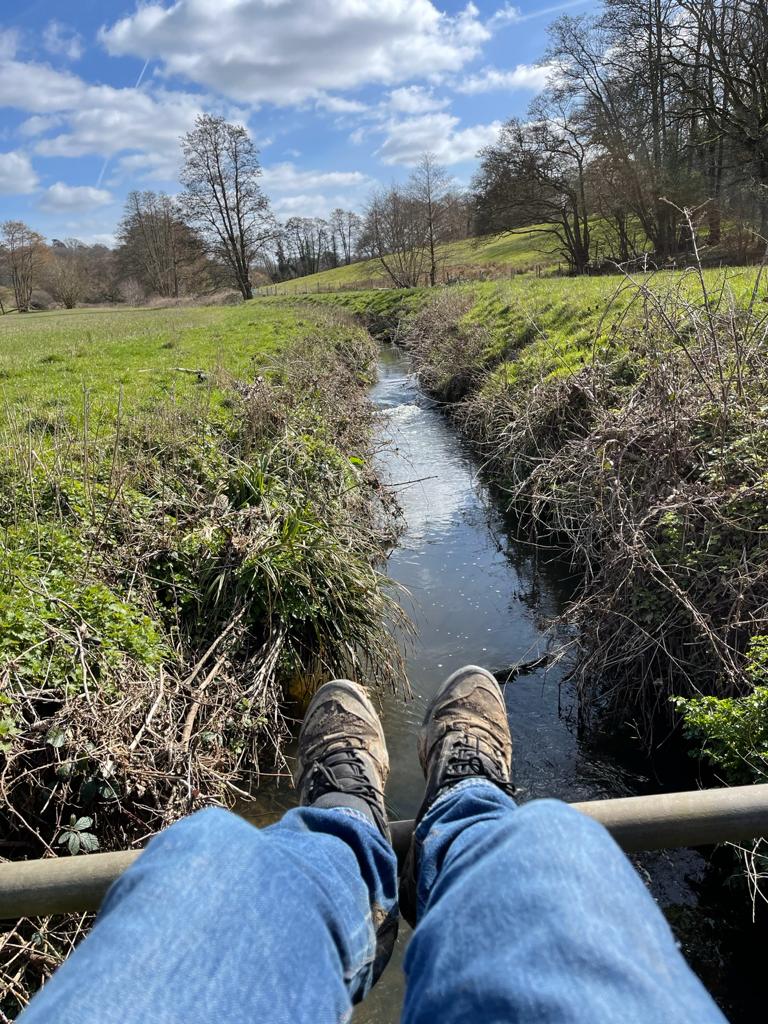
Foggy mornings, frosty footpaths, muddy streams, busy motorways, curious ponies, urban jungles and stunning landscapes, not forgetting formidable raptors, our volunteers have seen it all!
Big thank you to all our dedicated survey volunteers for these wonderful photos, and for getting out to enjoy nature in the great British countryside whilst helping with our research! Find out more about our work with British birds of prey.